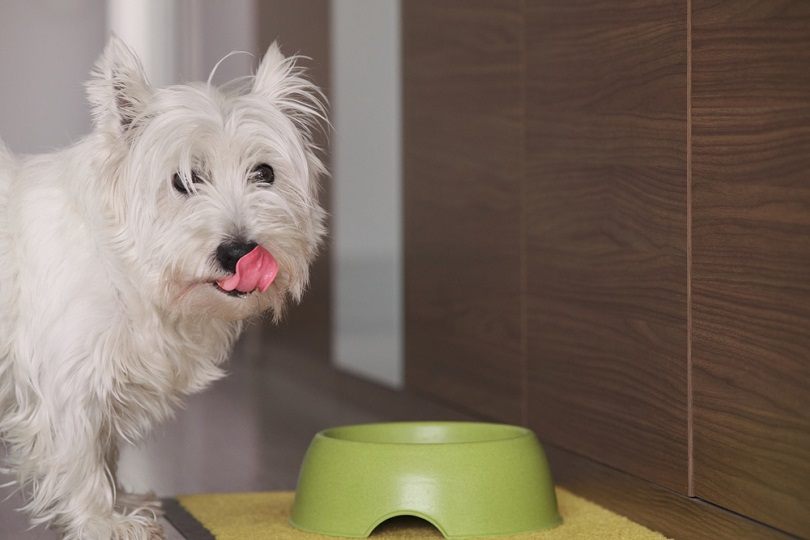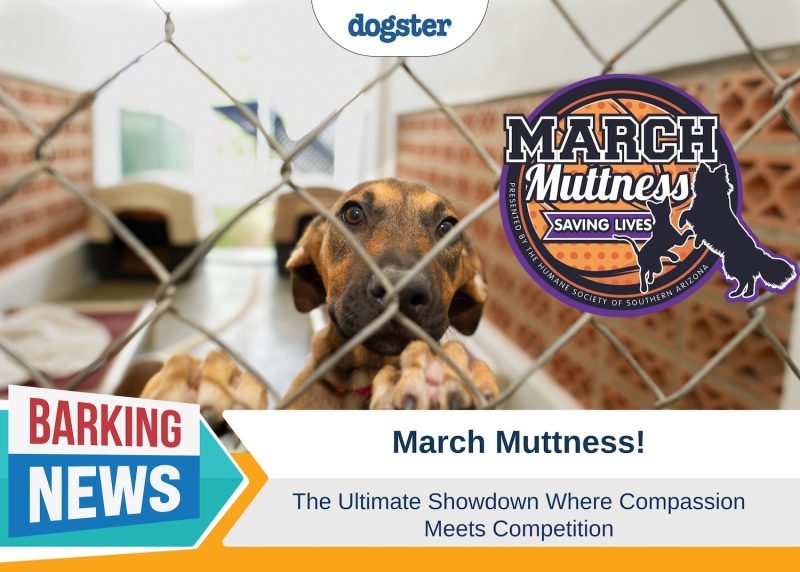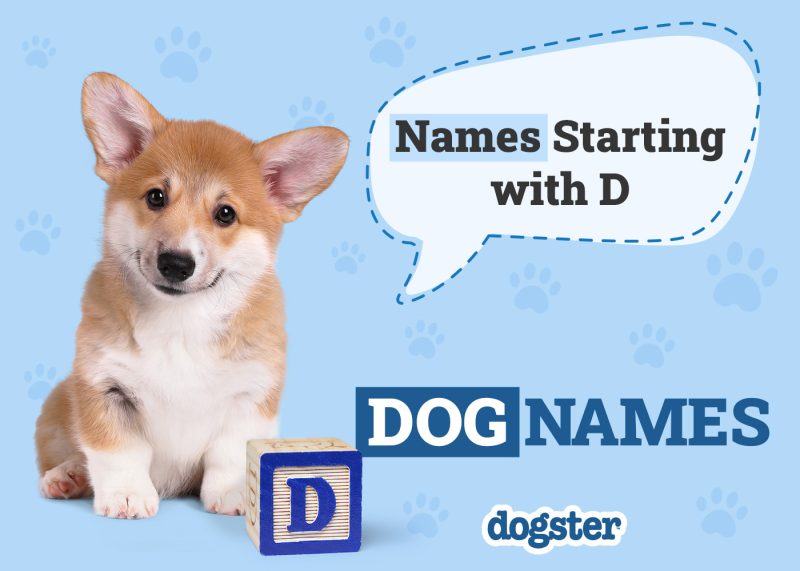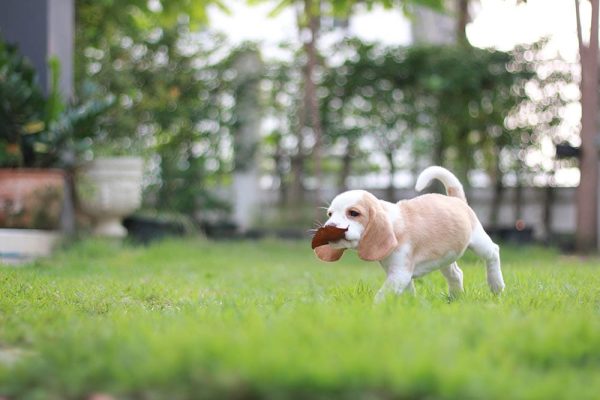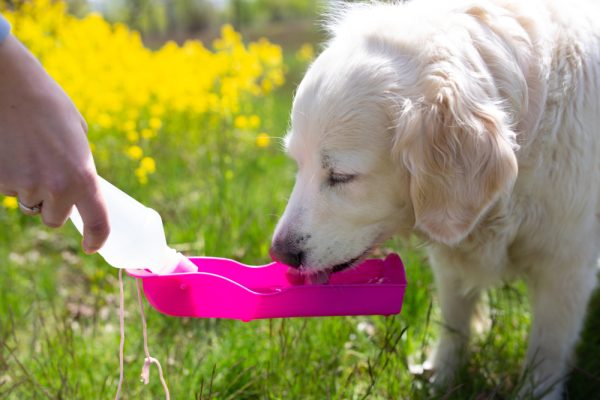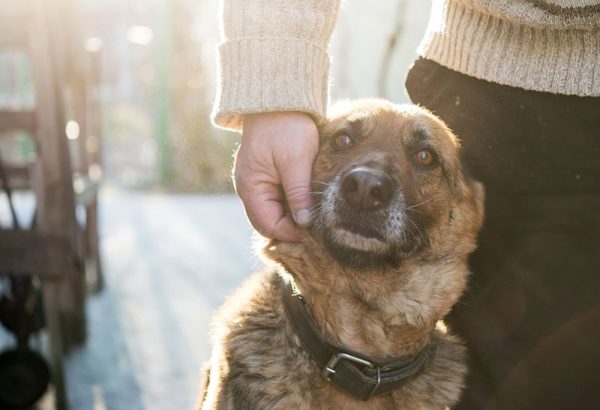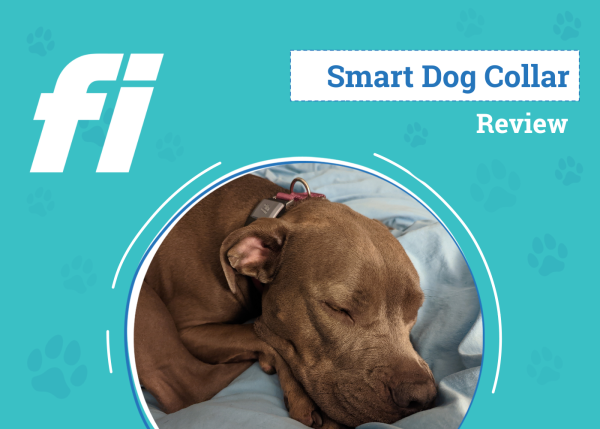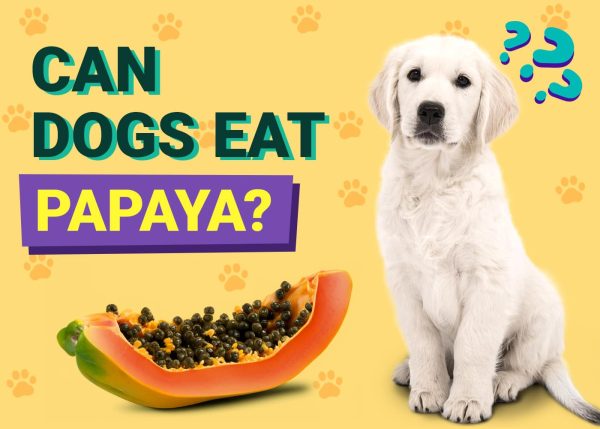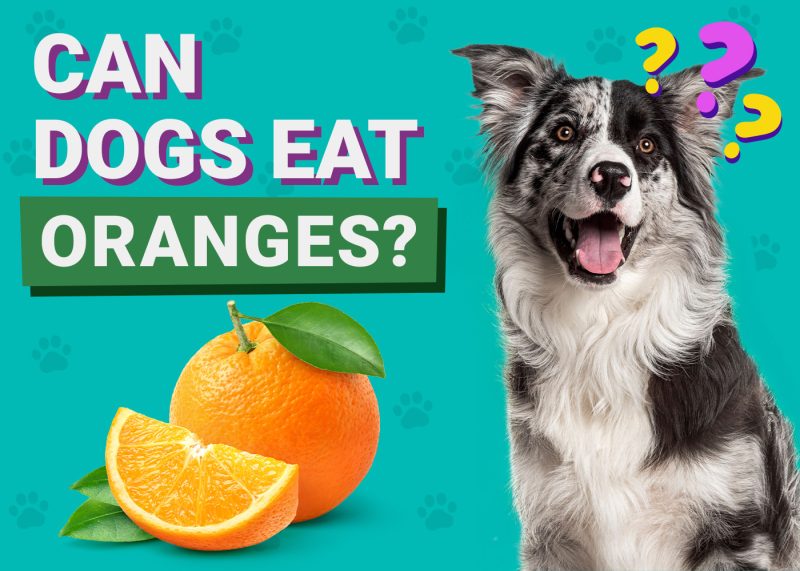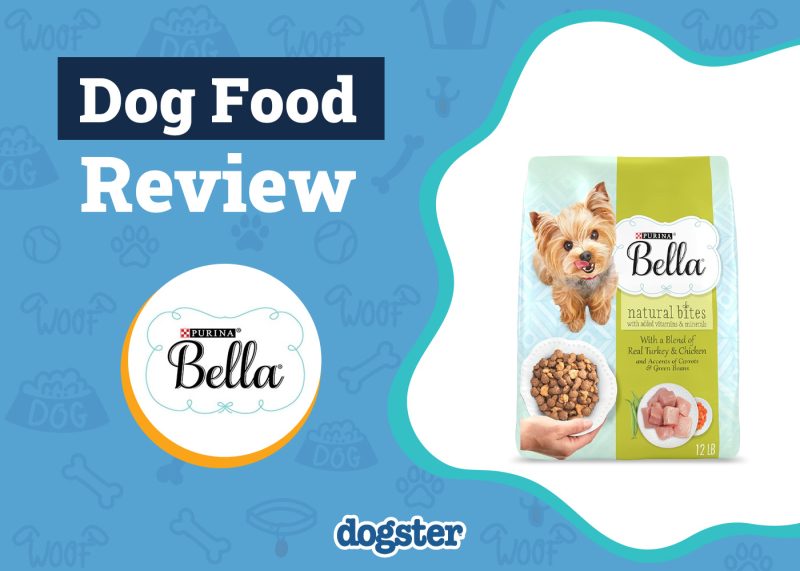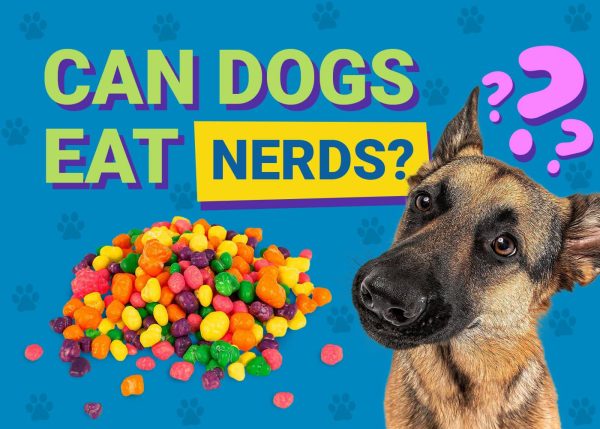Being able to taste and discern between different foods is a sense that’s invaluable to humans. If you’re a dog owner, you might wonder if dogs share this important sense and can taste their foods using taste buds similar to ours. Dogs have taste buds and, in some respects, their sense of taste is more important (but much weaker) than ours.
If you are hungry to know more about dogs and their taste buds, including fascinating facts about dogs tasting things, read on! We’ll discuss a dog’s sense of taste and how vital it is to their health and wellness.

The 7 Dog Tasting Facts
1. Dogs Have Fewer Taste Buds Than Humans
On average, dogs have far fewer taste buds than humans, around 1,700 compared to our 9,000. One interesting fact about taste buds is that dogs and humans see a reduction in the number of taste buds they have as they age, which leads to a decline in their sense of taste.
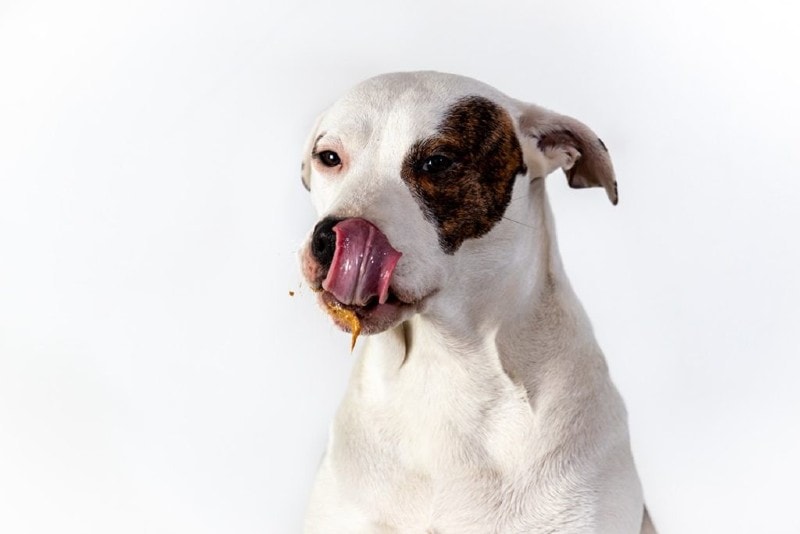
2. Dogs Sense the Same Four Tastes as Humans
Dogs have fewer taste buds than humans, but can they sense the same four tastes as humans, which are sweet, salty, sour, and bitter?
Yes, your dog can sense the same four tastes that you can. That is important because it helps dogs discern between foods that have too much salt, are too sweet, or are sour or bitter. This sense also drives a dog to seek water when they eat food high in salt, which is vital to their overall health.
3. Dogs Don’t Crave Salt Like Humans
Even though dogs can taste salt, they do not crave it nearly as much as humans. Dogs evolved to eat foods that had all the nutrients they needed without adding salt. Since they were already getting enough salt in their diet, dogs never developed the same taste receptors that humans have, which are well-tuned to taste salt. That still holds today, and it means that healthy dog food should not have a high salt content.

4. Dogs Can Taste Water
Although humans can taste flavors in water, we don’t have taste buds specialized to taste H20. Dogs, however, have specific taste buds that can sense water and are located right on the tips of their tongues. This helps your dog know when they’re drinking water and when to drink more water, like after a meal or snack that’s sweet or salty.
Unfortunately, we still don’t know the exact taste a dog perceives when they drink water, only that it’s specific to the invaluable liquid. However, it may explain why some dogs get carried away at the water bowl!
5. Dogs Taste With Their Sense of Smell
We know that dogs have far fewer taste buds than humans, but they have a keener sense of smell. They have about 300 million olfactory receptors in their noses, while humans have 6 million. Also, the canine brain processes and analyzes smell about 40 times better than the average human brain.
A dog’s sense of smell plays an important role when tasting food. They can smell when food is “bad” and determine if something is inedible, but that doesn’t seem to necessarily stop some dogs from eating indelible things, like this stone-eating Springer Spaniel!
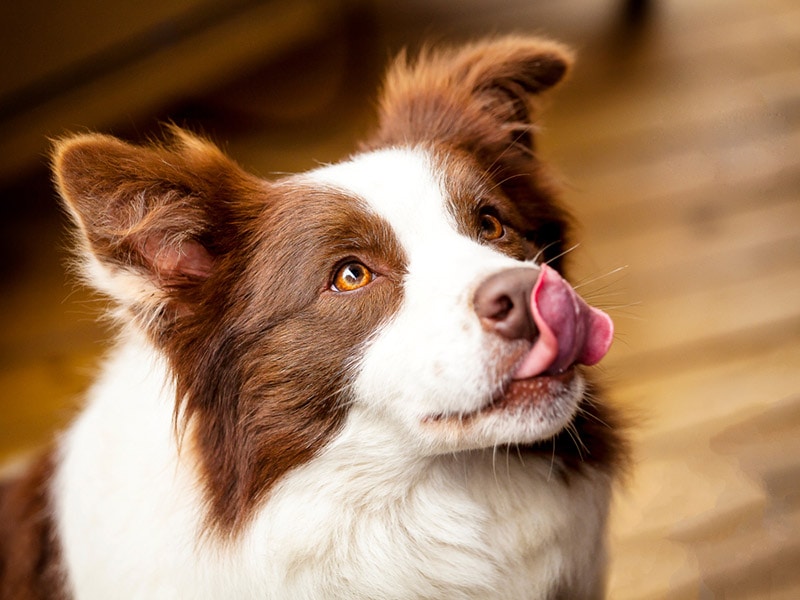
6. Some Dogs Prefer Warm, Moist Food
Although most will eat dry food, some dogs prefer moist and warm food. Moist, warm foods give off much more pungent aromas that your dog will “taste” with their keen sense of smell. Warming also brings any fat in the food you feed your dog to the surface of their food bowl and releases more aromas into the surrounding environment. Food straight from the fridge is often rejected since it doesn’t give off a strong odor.
Every dog is unique in their nutritional needs, so we recommend reaching out to a vet for advice.
If you need to speak with a vet but can't get to one, head over to PangoVet. It's our online service where you can talk to a vet online and get the personalized advice you need for your pet — all at an affordable price!

7. Dogs Have Taste Buds in the Back of Their Throats
You might wonder why a dog’s sense of taste is so important when, on most days, they scarf down their food like they’ve been trapped for months on a deserted island. However, even though they eat quickly, your dog can still taste the food from their keen sense of smell and the taste buds in the back of their throat.
Even if they never chew their food, their taste buds tell them what they’ve just eaten.

In Conclusion
Knowing your dog has taste buds can be very helpful when picking and choosing what to feed your favorite furry friend. That includes avoiding salty and spicy foods and giving your dog plenty of fresh water. Whatever you choose to feed your dog, knowing what they are hard-wired to eat and what they enjoy is valuable information. Knowing how important smell is to a dog’s sense of taste is also helpful. We hope the info provided today has expanded your canine knowledge and will help you feed your dog a nutritious diet that they enjoy thoroughly.
Featured Image Credit: Alejandro rodriguez, Shutterstock

